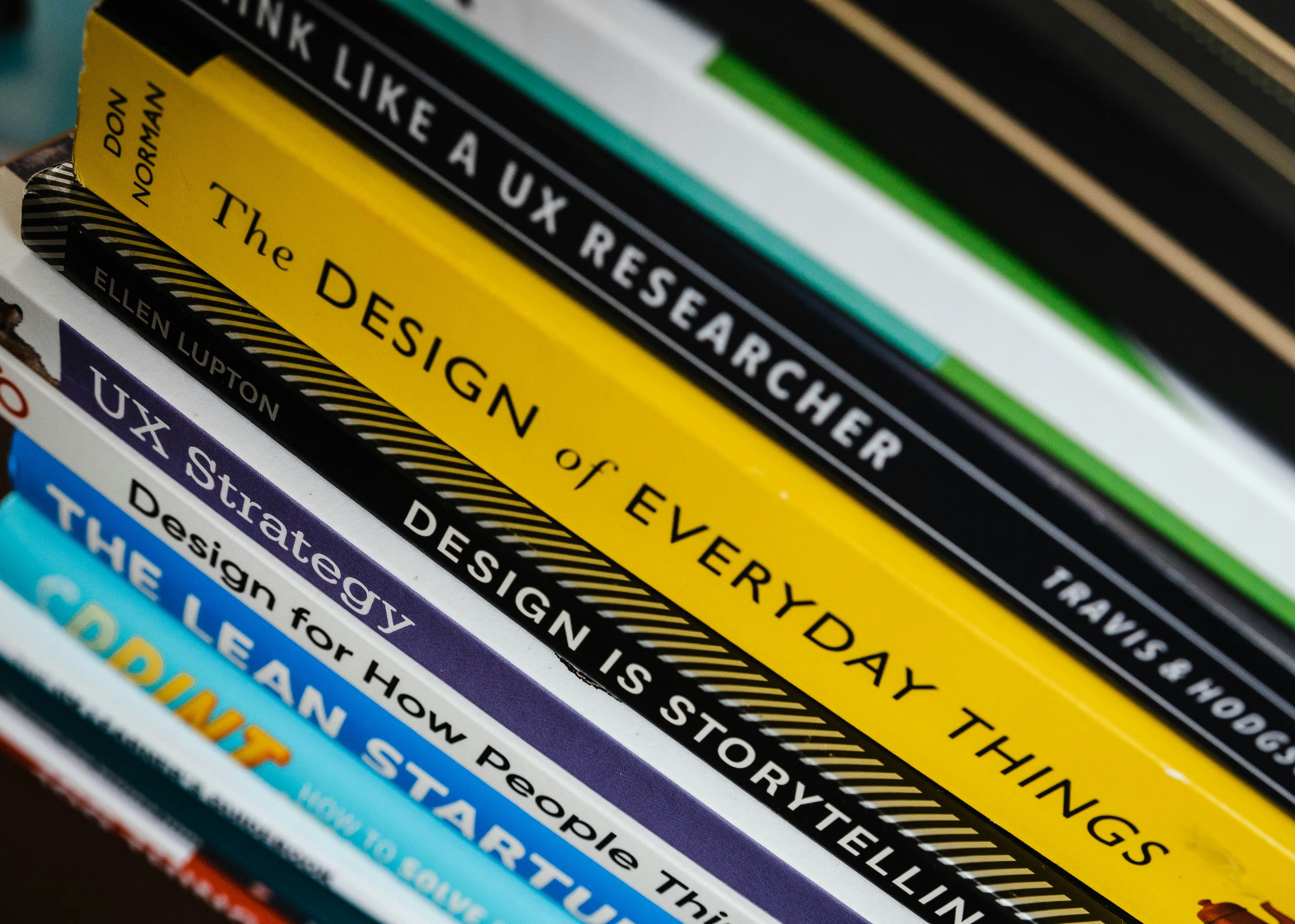TL;DR
This report outlines how we established UX as an integral part of project delivery within a software company that builds client-specific digital solutions. What started as a side initiative developed into a company-wide practice — without a master plan, but with strong beliefs, pragmatic action, and leadership support.
Key takeaways:
UX as a mindset, not a silo: We learned that UX needs to be understood and practiced across all roles — not just within a dedicated team.
Impact builds trust: Trust in UX grew through real project results, not theory.
Senior-first approach: Experience and credibility matter — especially in early project stages and complex stakeholder environments.
Flexible setup: Our structure includes a central UX team and embedded experts, reinforced by participation in internal CoPs.
Shared responsibility: UX quality is a cross-functional effort — it cannot rely on individual motivation alone.
This reflection is not a blueprint — but it offers inspiration for organizations facing similar challenges, with practical insights on structure, culture, and leadership in UX.
Introduction
UX has become a familiar term in many organizations. There are role profiles, method collections, certificates, and growing awareness of UX. But what it truly means to establish UX sustainably within a company over the years rarely fits into textbooks or conference slides.
We are a software company that designs and builds digital solutions for our clients, from strategy and concept to implementation. In this article, I want to share from my own experience: how we built UX in this environment, why there was no master plan, what went wrong and what finally works today.
About Me
I work as Head of UX in a software company and have spent more than fifteen years supporting teams, clients, and products in making digital solutions more user-centered, meaningful, and effective. My background lies both in visual design and strategic UX work, from research and prototyping to organizational anchoring. What matters to me most is that UX is never an end in itself, but always serves the people who use our products. I believe in pragmatic, situational design, in impact through attitude — and that strong UX teamwork is built on experience, exchange, and trust.
It All Started with a Master’s Thesis
The origin of our UX activities wasn’t a top-down management decision, but a master’s thesis. Two colleagues investigated how UX is integrated into other organizations. What came out of it was more than just theory, it was the starting point for a new understanding of software development in our company.
At that time, I wasn’t yet part of the team. I joined a few months later when someone with visual design experience was needed. The initial UX pioneers had backgrounds in software engineering and they had managed to convince leadership that UX could add real value. My role was to bring in a design perspective and help grow the initiative. About two years later, my predecessor moved on to new challenges, and I took on the role of Head of UX.
It All Started with a Master’s Thesis
In the beginning, we were a team of four. UX wasn’t a formal process, it wasn’t embedded in existing workflows, there were no defined roles or budgets. We took on small tasks: visual enhancements, UI mockups, and feedback on existing interfaces. There was no structured research, no user-centered processes and certainly no end-to-end methods.
The biggest challenge was the environment. UX was often equated with UI. People wanted “nice screens,” not real engagement with user needs or systematic approaches. We were brought into projects late — if at all. And internally? To be honest, no one was waiting for us.
But we had one advantage: we were there. We were curious. And we were willing to just start — without demanding perfection.
The Turning Point: When UX Suddenly Made an Impact
One early project had a significant impact: a digital finance product that we helped develop from scratch. I was involved from the very beginning, even during the pitch, and we even won a few awards together with our client.
For the first time, people from outside our team, in business, development, and management, could feel the difference that UX made. It wasn’t an add-on; it was a central part of the product. Feedback was direct, the results convincing, and suddenly there was new trust.
After that, we didn’t always have to explain why we wanted “a seat at the table” but we still had to justify our presence regularly. Not all project leads or sales colleagues could convincingly communicate the value of user-centered methods to clients. Sometimes due to time pressure, uncertainty, or simply because UX wasn’t seen as a priority. And even among our clients, user-centeredness wasn’t always at the top of the list. Especially in the B2B sector, we still sense reluctance shaped by established processes, limited resources, or a tech-driven mindset.
«We didn’t convince people with theory. We earned trust through real project results.»
UX Is Not an Add-on — Nor a Standalone Discipline
A common misconception persists: that UX is a separate, clearly defined discipline. I see it differently. To me, UX is not a modular add-on that you plug in when needed. UX is a mindset — a way of approaching product development.
That mindset must be anchored across the entire team: in engineering, business analysis, project management, and quality assurance. It’s not enough to have a “UX ticket” or run a single workshop. UX lives through ownership, not roles.
There is also no “magic lever” that changes everything overnight. UX embeds itself gradually. Through persistence, communication, and yes, through leadership support. Without strategic investment and trust, we wouldn’t be where we are today. And without a team that believes in user-centered design and is willing to repeatedly demonstrate its value, it wouldn’t have lasted either.
«UX is not a checklist. It’s a mindset rooted in empathy, ownership, and context.»
Team Building: Specialists or Generalists? Our Learning Curve
Initially, we tried to build UX with clearly specialized roles: one person for research, another for visual design, and so on. Elegant in theory — but difficult in practice. Project budgets rarely allowed for multiple UX specialists at once. The result: underutilization, overlaps, and unclear responsibilities.
Today, we rely on broadly skilled UX professionals. People who are capable of handling concept development, prototyping, testing, communication, and visual design. Not “superheroes,” but thoughtful, experienced generalists.
Our most important realization: UX can only be credibly embedded with senior-level experience. In early project phases, in tough discussions, and in dialogue with stakeholders — without confidence and real-world experience, it’s hard to earn influence. That’s why we intentionally start with seniors and gradually build up junior talent in the project context.
«The best UX teams don’t preach methods, they enable good decisions.»
How the Model Evolved
In some projects, the need for UX became so obvious that UX professionals were permanently integrated into the teams. This proximity to implementation changed everything: colleagues were able to continuously demonstrate how user-centered work makes a difference throughout the course of a project. This built trust and acceptance within teams and with clients.
Their role often goes beyond UX: they bring diverse perspectives, work closely with engineering and business, and strengthen team diversity and capability. This integration is a key factor in sustainable UX — not driven by isolated methods, but by real engagement in everyday work.
Where We Are Today
Another important development is our involvement in key internal communities of practice. We are active members of both the Requirements Engineering CoP and the Frontend CoP, where we continuously work on improving collaboration at the interfaces between UX, business analysis, and development. This engagement allows us to shape shared standards, build mutual understanding, and ensure that UX is not seen as a silo, but as an integral part of cross-functional collaboration.
Today, we have a core UX team that supports projects across the organization and gets involved where needed. In addition, we have embedded UX experts who are fully integrated into agile teams and contribute on an ongoing basis.
UX is now part of our proposal processes. Not as an aesthetic add-on, but as an integral part of how we think about projects. Internally, we’re also more visible through regular UX formats, review sessions, and coaching for other roles.
Our way of working is consciously pragmatic. We’re not tied to frameworks or labels. We use what works in the project context and skip what only sounds good on paper. For us, impact matters more than method.
UX Maturity Varies — and That’s OK
One thing we’ve learned: UX maturity is not the same everywhere. In many models, UX maturity is described in stages. From visual polish to full strategic integration. In our case, it varies greatly from team to team and project to project.
This is also due to the diversity of our clients. Some are very advanced in user-centered thinking, others are just beginning. Some teams already work with deep UX awareness; others are learning it step by step. That’s why there is no one-size-fits-all UX culture. It takes empathy, adaptability, and a lot of situational thinking.
What Others Can Take Away
If you’re asking yourself: how can UX be established in my organization? The honest answer is: there’s no single model.
Whether you go for specialized roles, a decentralized team, a guild approach, or a matrix setup, each structure has its pros and cons. What matters most isn’t the setup itself, but the mindset behind it and the people who carry it.
Here’s what I’ve learned:
Start small
Don’t give up if UX isn’t understood everywhere right away.
Keep showing value. Keep going.
And above all: work with the right people. People who see UX not just as a job title, but as a mindset and who live it with commitment, pragmatism, and team spirit.
What I Hope for the Future
Despite all progress, there’s still a lot to do. My personal vision for the coming years:
UX as a natural part of every team — not just for visible products, but also for internal tools and technical systems. Teams should think UX from the start, not add it later. This requires training, coaching, role models and a culture that values UX.
Stronger UX enablement for engineering — developers are key partners for user experience. If they understand UX, they can ask better questions, make more informed decisions, and act with users in mind. That’s why we need ongoing awareness building, targeted training, shared reviews, and lightweight tools for better dialogue.
A small, strong specialist team — not every project needs full UX coverage. But when things get complex, user flows, research, strategic direction, we need experts with depth. This team also sets standards, ensures quality, adapts methods, and supports others. Not as gatekeepers — but as enablers.
UX quality as a shared responsibility — it must not depend on a few motivated individuals or be treated as a side task. UX cannot be reduced to “a bit of help with the interface.” Some people believe that a quick certificate and a few Post-its equal UX. With good intentions, but little depth, what results is “UX theater.” Real user-centeredness needs experience, ownership, and integration — structurally and culturally. Otherwise, it stays shallow and risks damaging trust for years.
What I’ve Learned
UX sells best through impact. If users are happy, questions disappear, and things just work. That speaks louder than any slide. But impact isn’t random: it requires skill, structure, and visibility. Methods must be taught through training, practical examples, and hands-on coaching. KPIs help track progress. Celebrate successes but also share failures. That builds credibility.
Start with strong seniors. Building a UX culture takes experience. Only when that’s in place do juniors have the space to grow. Without it, we burn out talent and it may take years to rebuild trust across roles. Starting with underprepared or overly rigid UX profiles often leads to frustration. That’s why I believe in experienced, pragmatic, communicative seniors — people who see UX not just as a method, but as a mindset.
Flexibility beats dogma. No framework replaces common sense. UX is not a checklist. It’s about empathy, ownership, and doing what’s needed in context. That’s why we believe in pragmatic UX design: no method obsession, no bloated toolbox — just focused, effective actions, tailored to context, with impact for users.
If you’re trying to establish UX in your organization: don’t be discouraged. UX takes patience, pragmatism, and the ability to create impact before it’s expected. But it’s worth it. For users, for products, and for everyone involved.
A Personal Thank You
I want to thank everyone who has made this journey possible. To our CEO and the executive leadership team, thank you for your trust and continuous support at all levels. To the team leads who took the leap and integrated UX professionals into their teams. Your openness and commitment made a real difference. To the external coaches who challenged and guided us along the way. And of course, to my colleagues who, like me, believe in UX and show up every day with heart, courage, and dedication. Without you, we wouldn’t be where we are today.






